Building a well-defined and strong back is essential for improving posture, preventing injuries, and achieving a balanced physique. Whether you're a beginner or an experienced lifter, a structured workout routine is crucial for maximizing results. This back workout chart provides a variety of exercises to target all major muscles in the back, ensuring a comprehensive training program.
Understanding the Anatomy of the Back
The back is a complex area consisting of multiple muscles that play vital roles in overall body strength. The primary muscles to focus on during back workouts are:
- Latissimus Dorsi (Lats): These large muscles give your back its V-shape.
- Rhomboids: Located between your shoulder blades, these muscles help retract the scapula.
- Trapezius (Traps): These muscles run down the neck and upper back, supporting the shoulders and neck.
- Erector Spinae: These muscles run along the spine, providing stability and supporting the lower back.
- Rear Deltoids: Although part of the shoulder, they play a role in overall back health and posture.
Each exercise in this workout chart will target one or more of these muscles, ensuring you develop a balanced and functional back.
Back Workout Chart: Targeting Every Muscle
| Exercise | Targeted Muscles | Sets | Reps | Rest Time |
|---|---|---|---|---|
| Pull-Ups | Lats, Biceps | 3-4 | 8-12 | 90 seconds |
| Bent-Over Rows | Lats, Rhomboids, Traps | 3-4 | 8-12 | 90 seconds |
| Lat Pulldowns | Lats, Biceps | 3-4 | 8-12 | 90 seconds |
| Seated Cable Rows | Rhomboids, Lats, Traps | 3-4 | 8-12 | 90 seconds |
| T-Bar Rows | Rhomboids, Lats, Traps | 3-4 | 8-10 | 90 seconds |
| Single-Arm Dumbbell Rows | Lats, Rhomboids | 3-4 | 8-12 | 90 seconds |
| Deadlifts | Erector Spinae, Traps, Lats | 3-4 | 5-8 | 2 minutes |
| Face Pulls | Rear Delts, Traps | 3-4 | 12-15 | 60 seconds |
| Hyperextensions | Erector Spinae, Lower Back | 3-4 | 12-15 | 60 seconds |
Exercise Breakdown
-
Pull-Ups
One of the most effective bodyweight exercises, pull-ups engage your lats, helping to create a broad, muscular back. To perform a pull-up, grab a pull-up bar with your palms facing away from you and pull yourself up until your chin passes the bar. -
Bent-Over Rows
This compound exercise targets the upper and middle back. Keep your knees slightly bent and your back flat as you pull the barbell toward your torso, focusing on squeezing the shoulder blades together. -
Lat Pulldowns
Lat pulldowns are excellent for isolating the lats. Use a wide grip on the lat pulldown machine and pull the bar down to your chest, emphasizing the contraction in the lats. -
Seated Cable Rows
Seated cable rows help target the middle back, specifically the rhomboids and lats. Keep your back straight as you pull the cable toward your torso, squeezing your shoulder blades together at the end of the movement. -
T-Bar Rows
This row variation allows you to lift heavier weights, targeting the lats, rhomboids, and traps. Use a V-handle attachment to grip the barbell and pull it towards your chest. -
Single-Arm Dumbbell Rows
This unilateral exercise focuses on one side of the back at a time. By bracing yourself on a bench, you allow for a full range of motion, isolating the lats and rhomboids. -
Deadlifts
Deadlifts are a full-body exercise, but they are especially effective for strengthening the lower back and erecting the erector spinae. Focus on maintaining a neutral spine and engaging the core throughout the lift. -
Face Pulls
Face pulls target the rear deltoids and upper traps. Use a rope attachment on the cable machine and pull it towards your face while keeping your elbows high and wide. This exercise is vital for improving posture and balancing shoulder strength. -
Hyperextensions
Hyperextensions, performed on a Roman chair or hyperextension bench, isolate the lower back muscles. Focus on controlled movements to strengthen the erector spinae, which are essential for supporting the spine.
Tips for Effective Back Training
- Form is Key: Always prioritize proper form over heavy weight. Poor form can lead to injuries, especially in the back.
- Mind-Muscle Connection: Focus on contracting the target muscles during each repetition. This enhances muscle activation and improves results.
- Progressive Overload: Gradually increase the weight, reps, or sets to challenge your muscles and promote growth.
- Rest and Recovery: Back muscles are large and require ample recovery time. Make sure to rest for at least 48 hours before training the same muscle group again.
Conclusion
A well-rounded back workout is essential for achieving a balanced and functional physique. The back workout chart provided above covers exercises that target all areas of the back, from the lats to the lower back. By incorporating these exercises into your routine and following the tips for proper form and recovery, you can build a stronger, more defined back over time. Always listen to your body and make adjustments to the routine as needed to continue progressing.

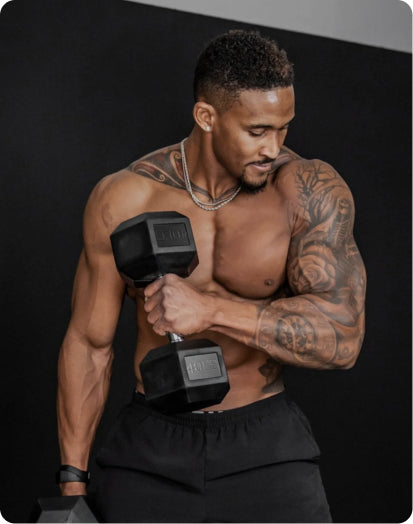
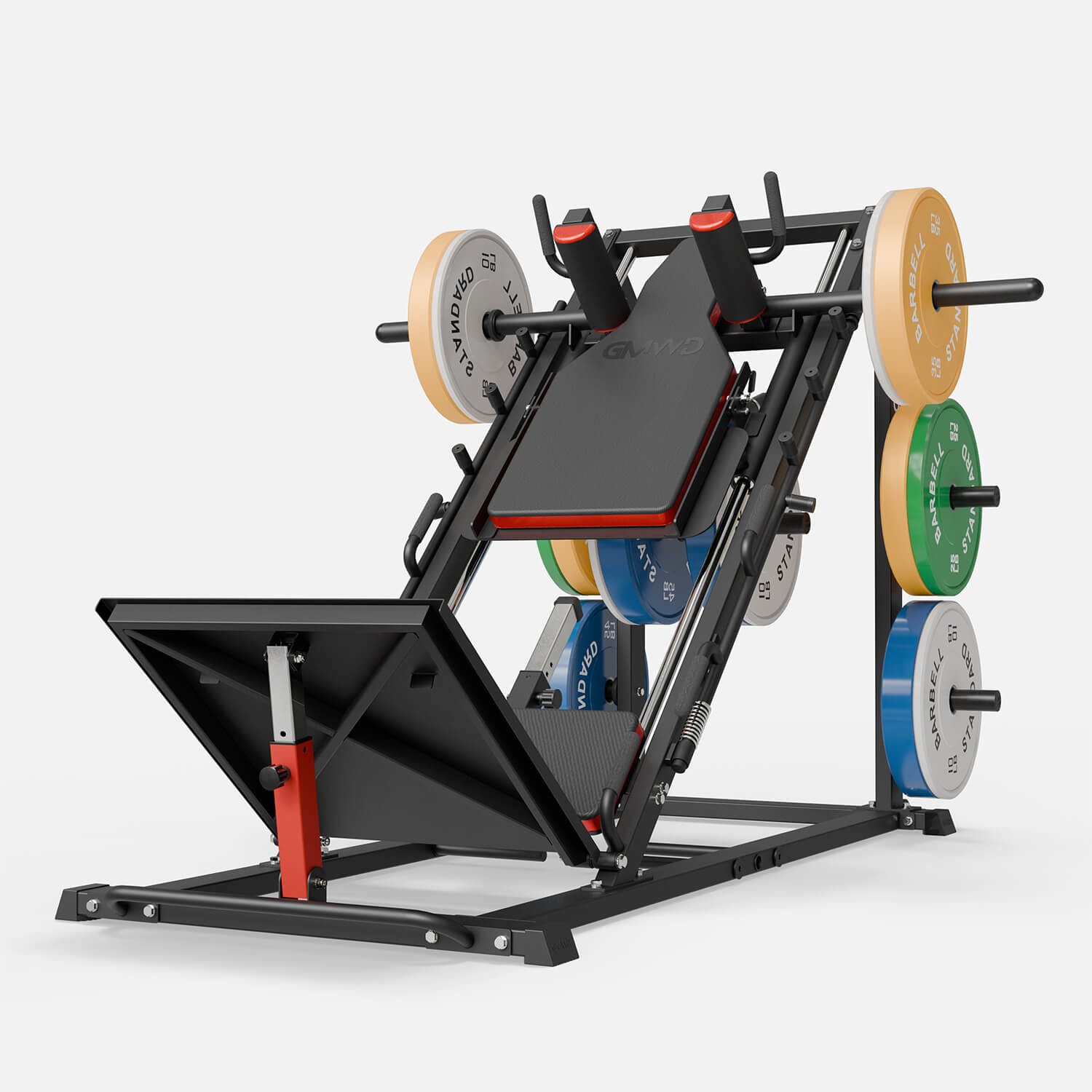
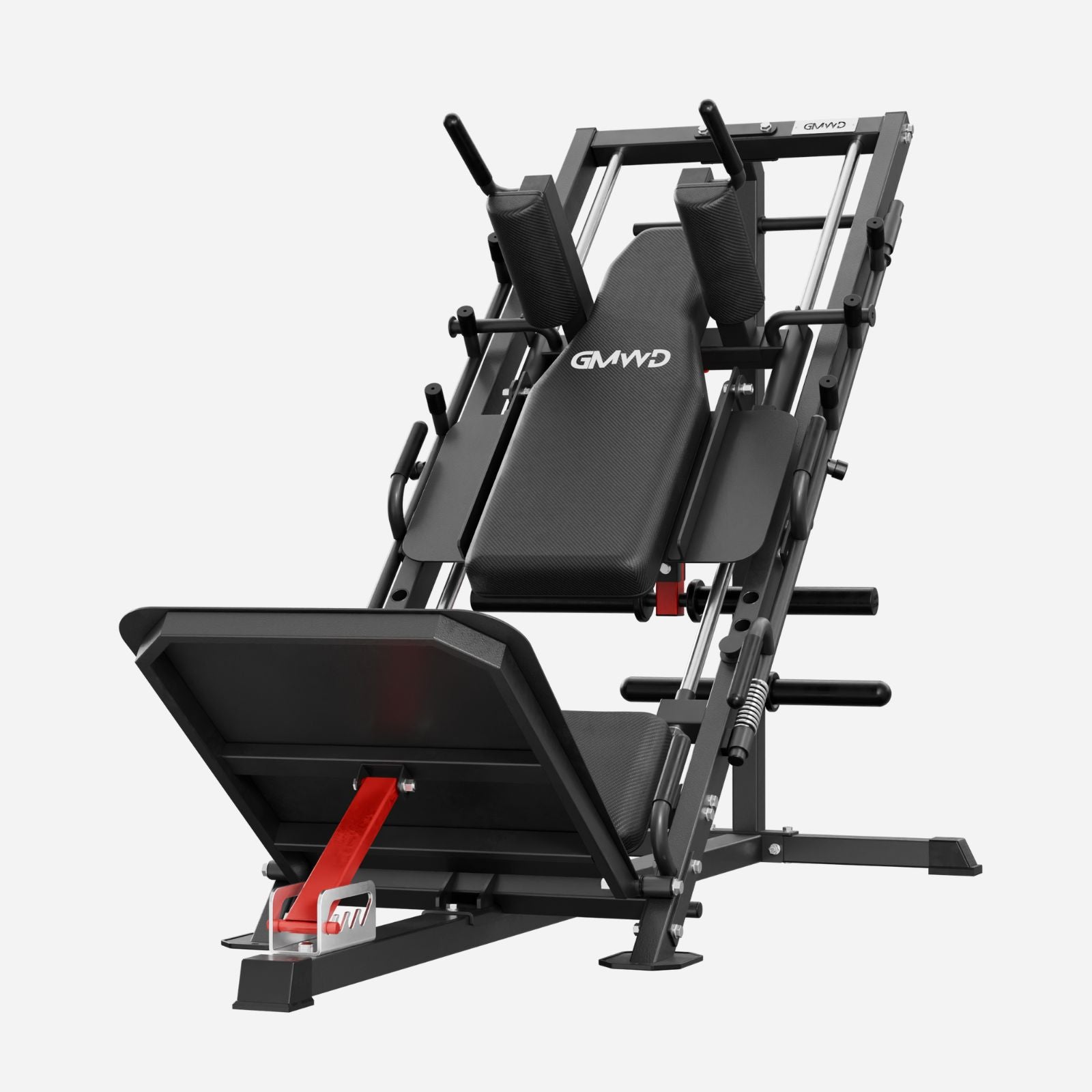

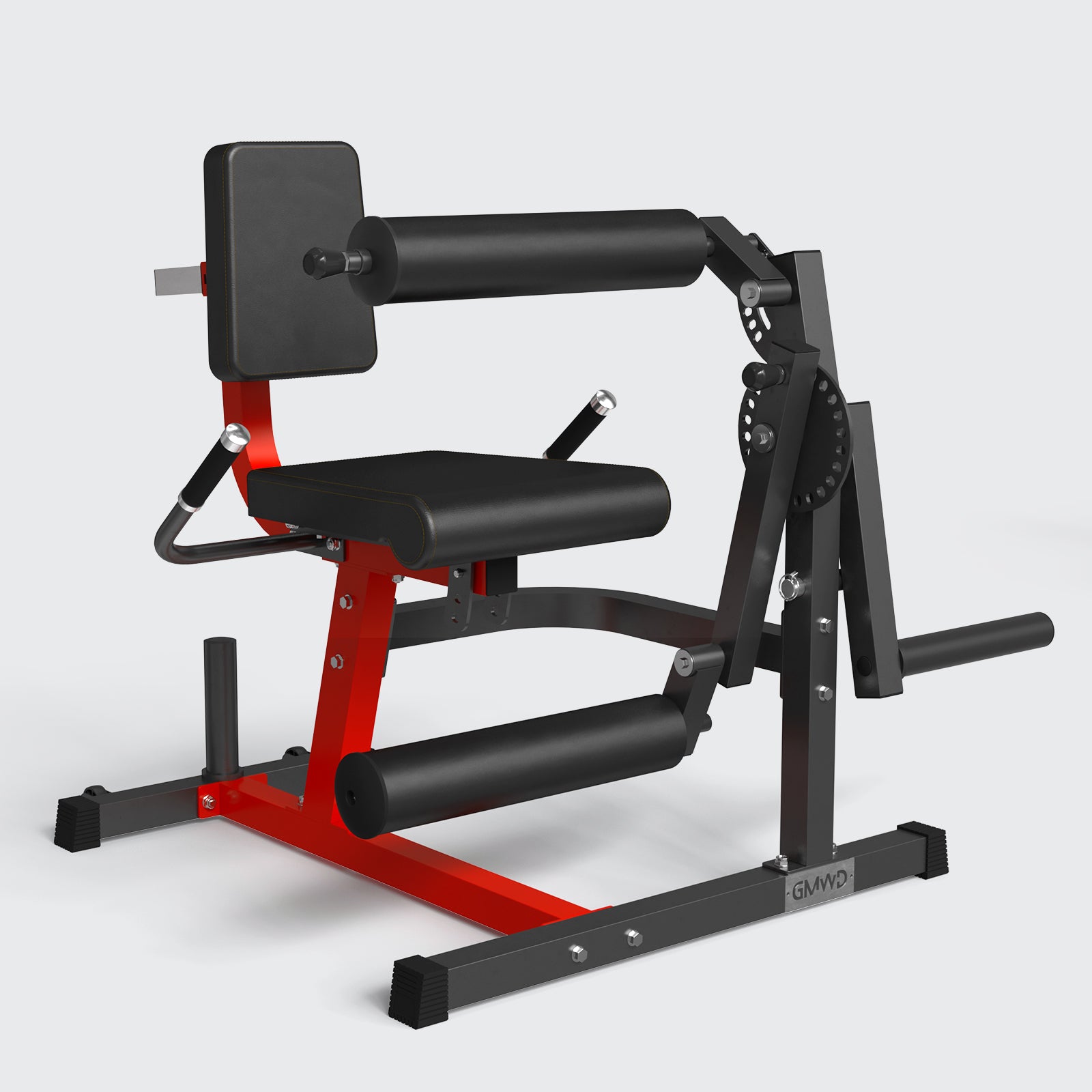
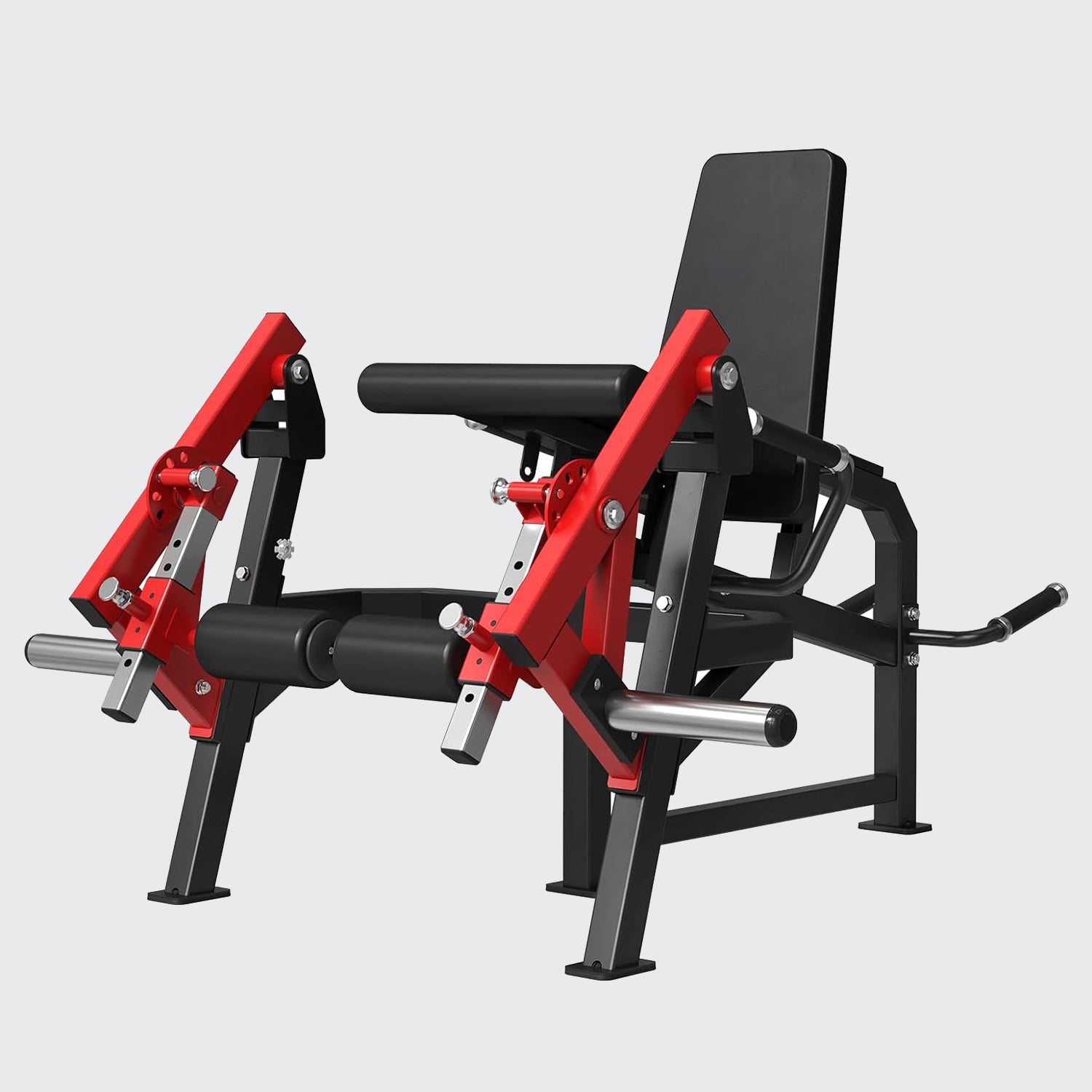
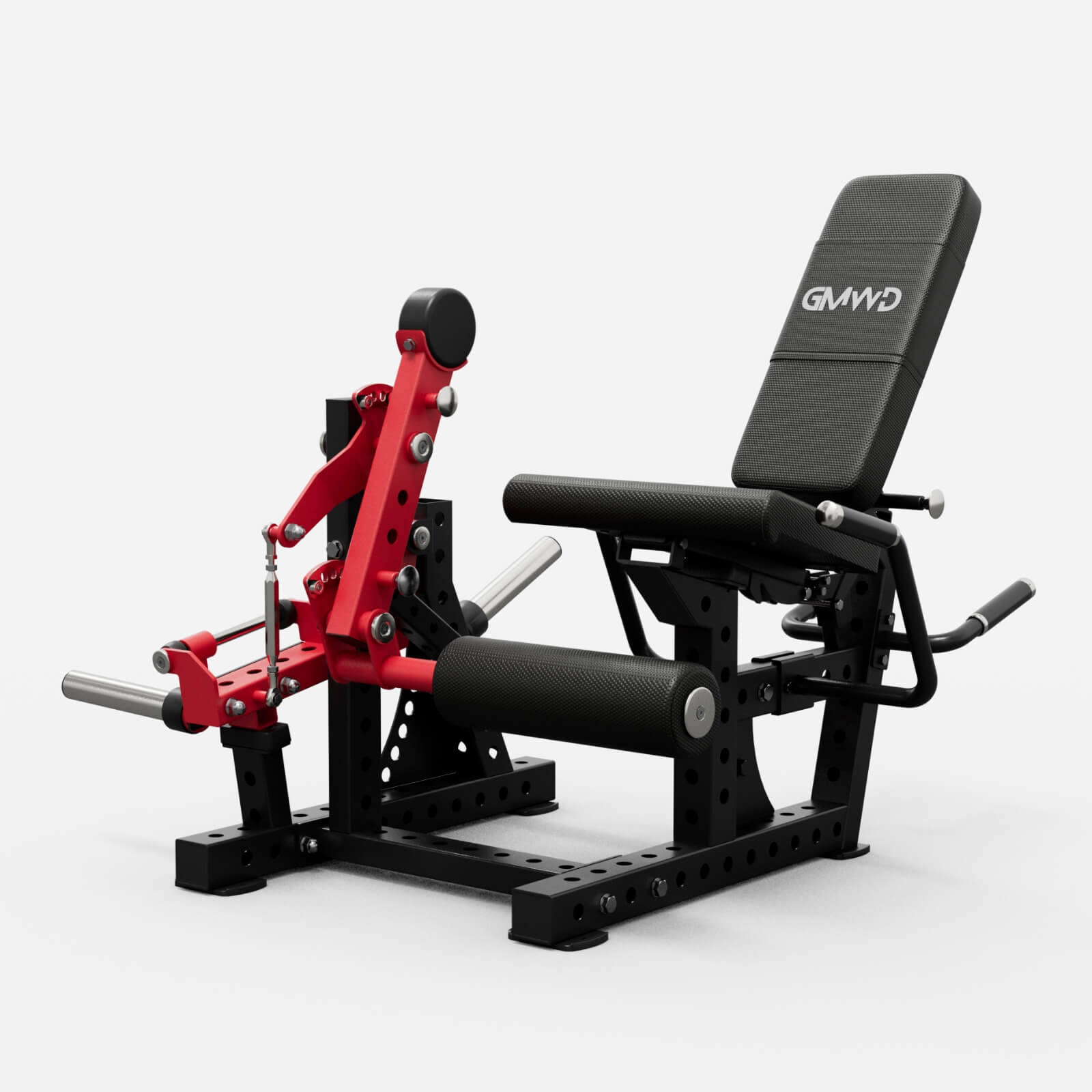
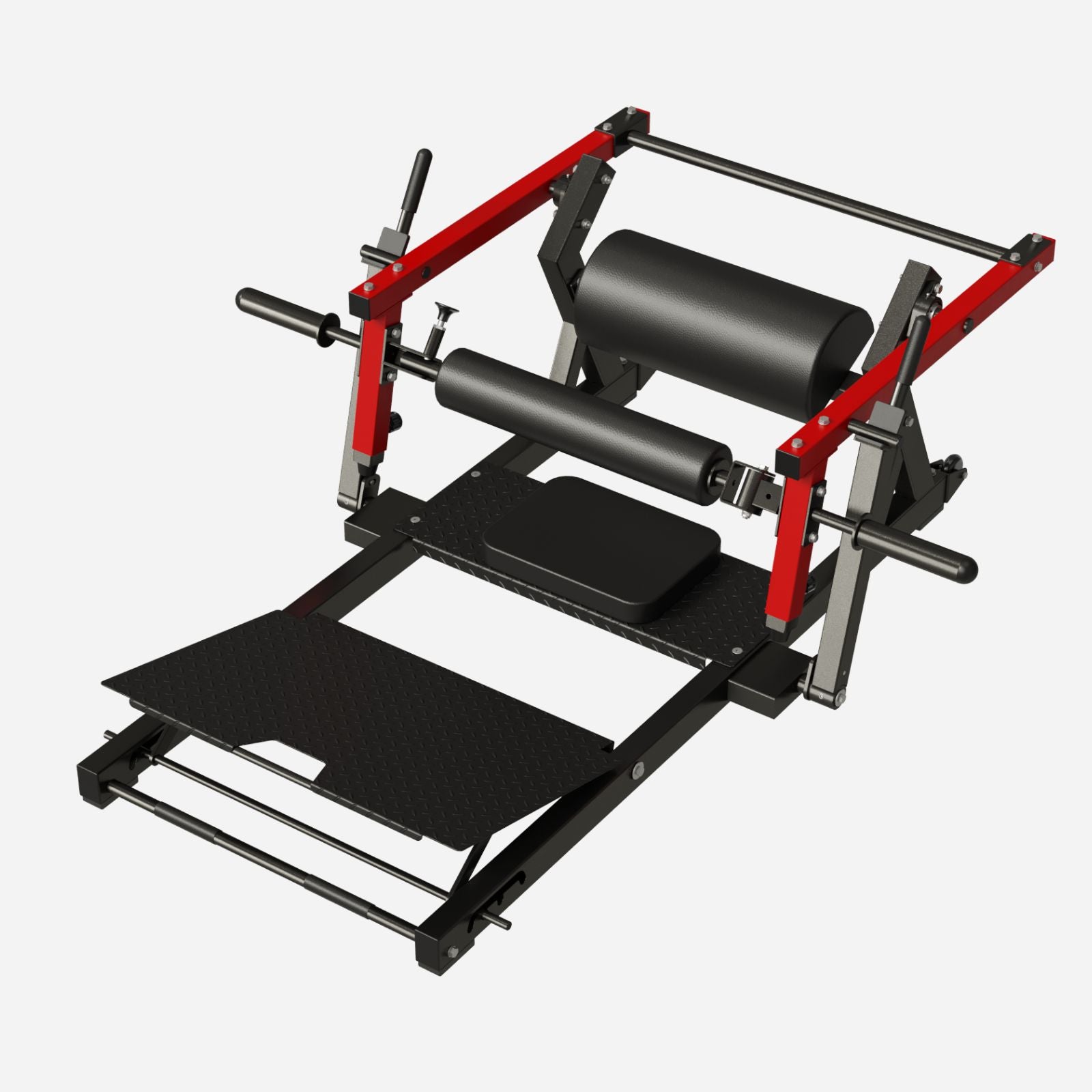

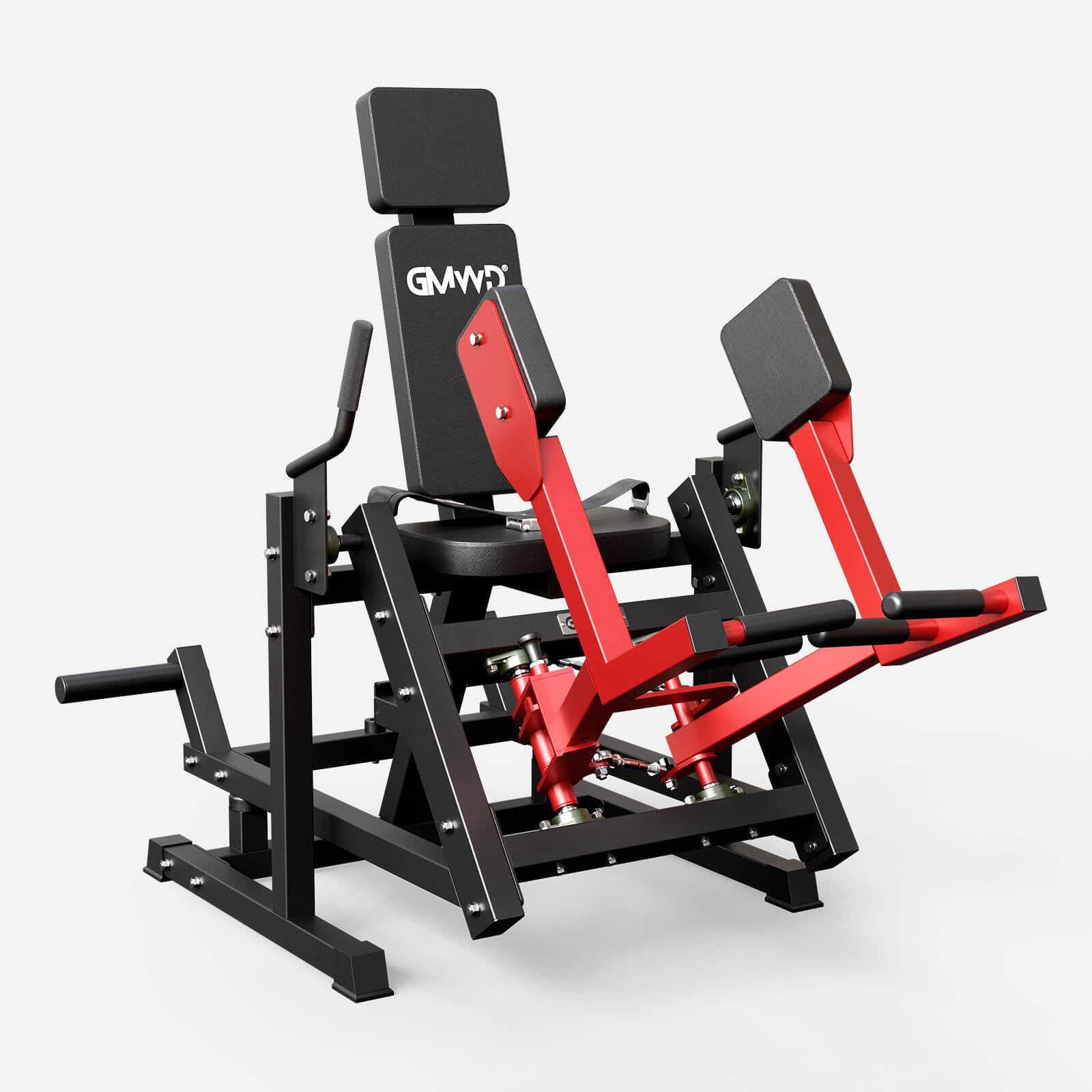
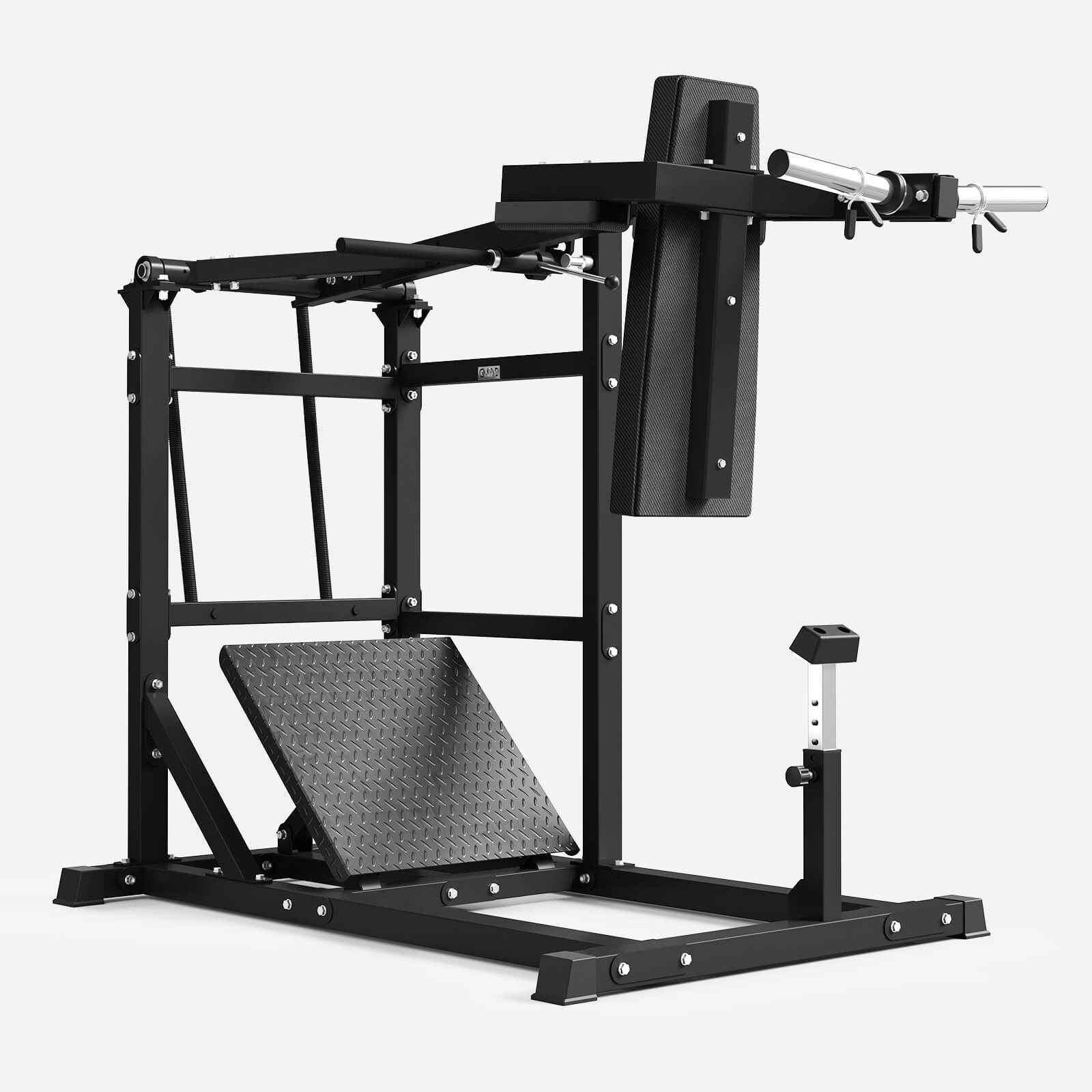
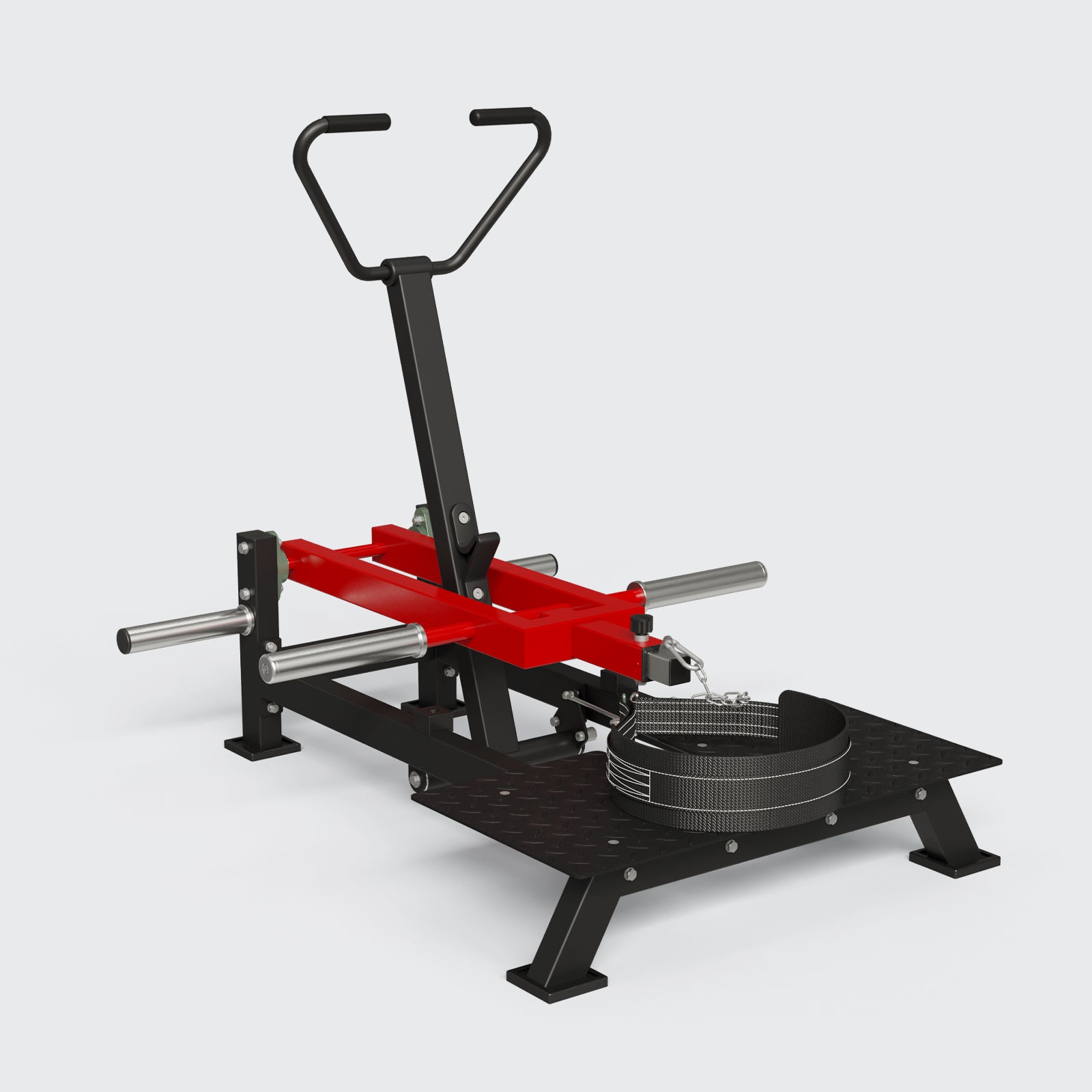
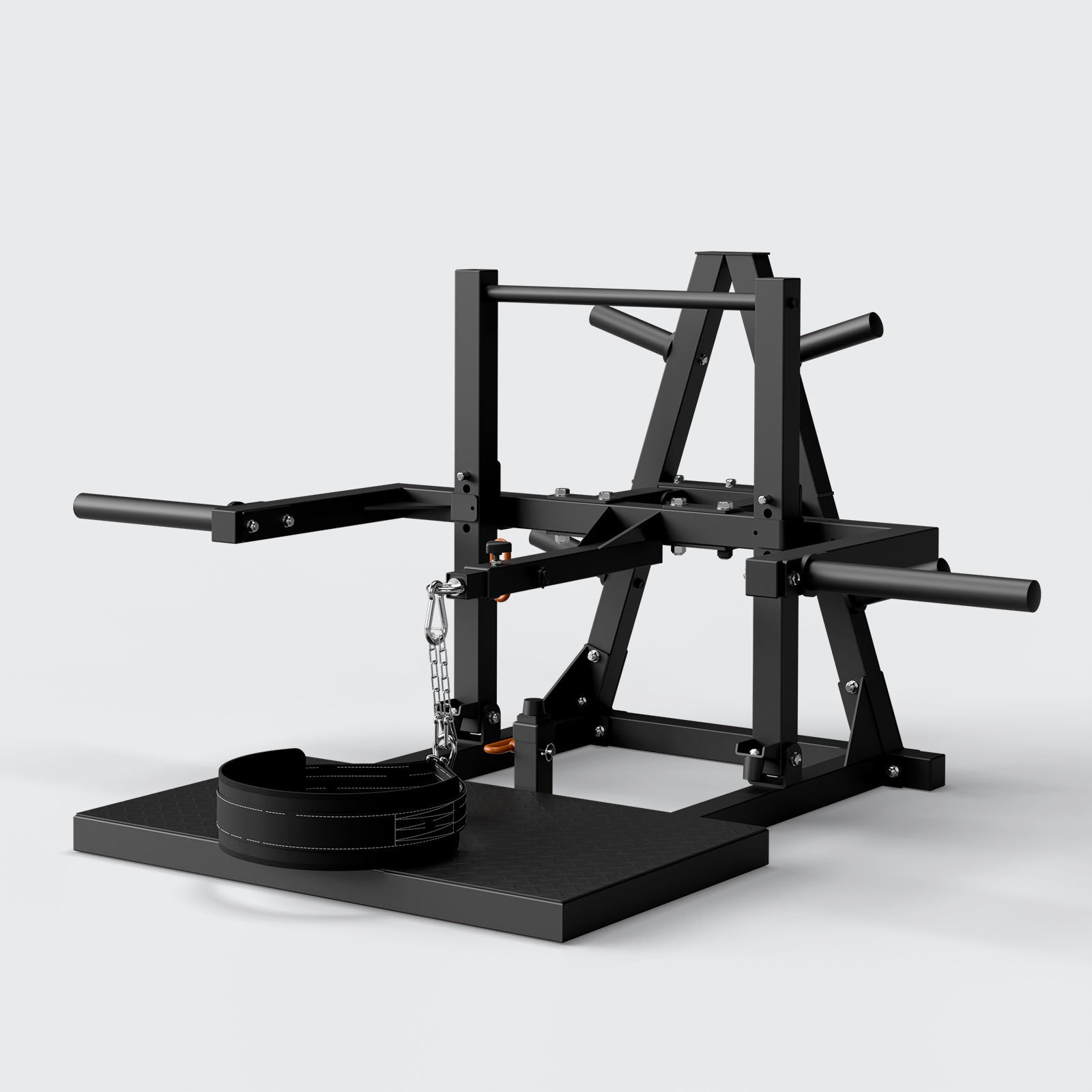

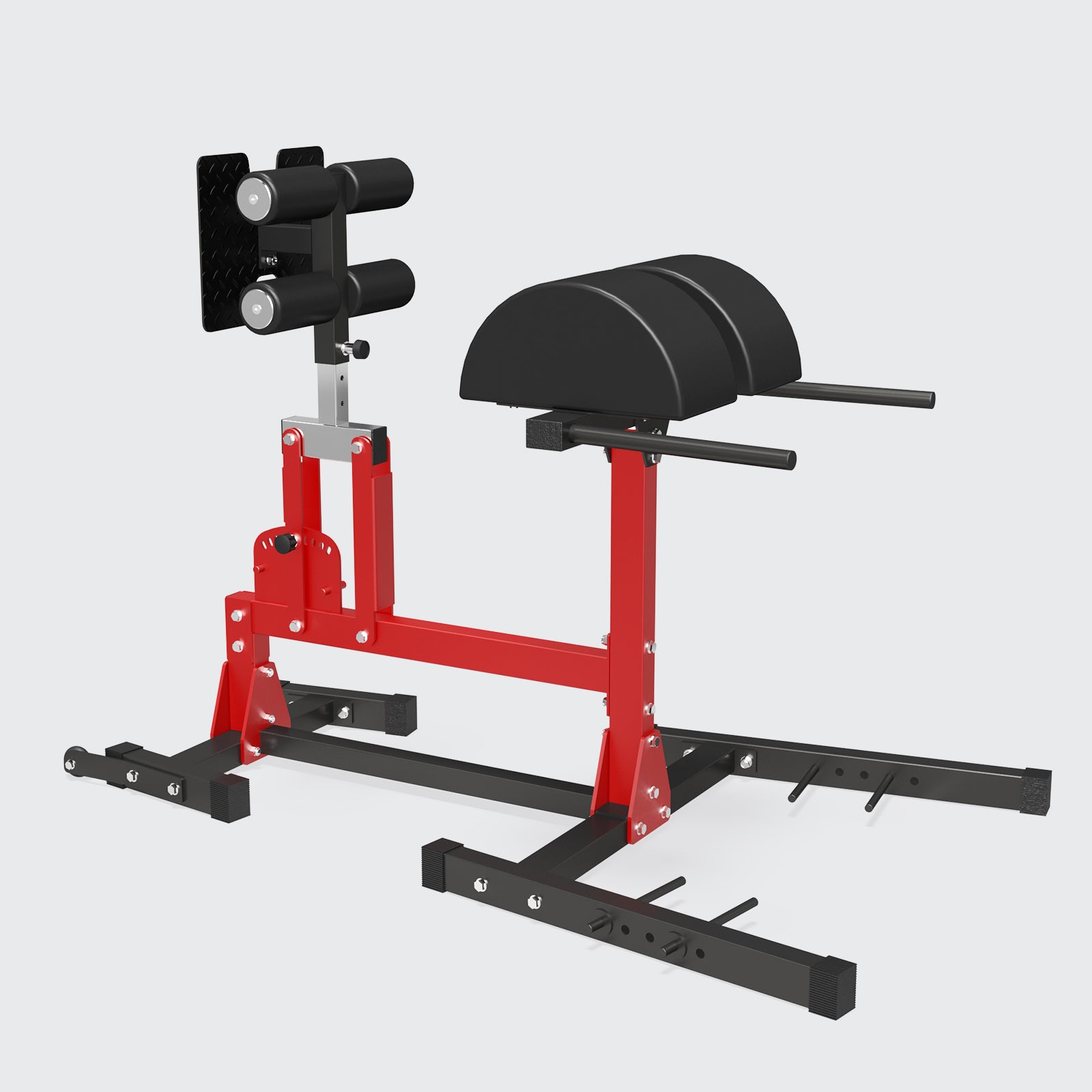
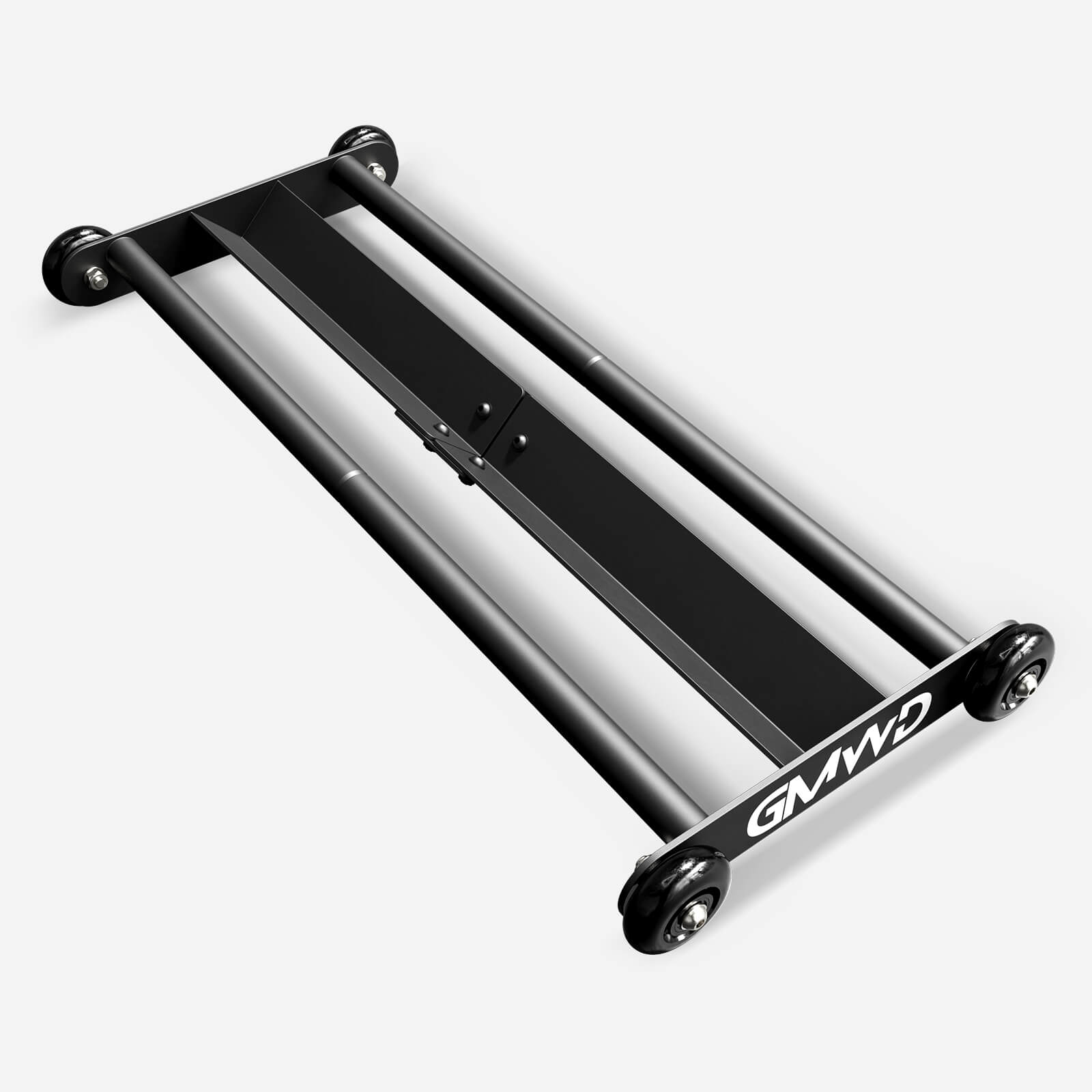
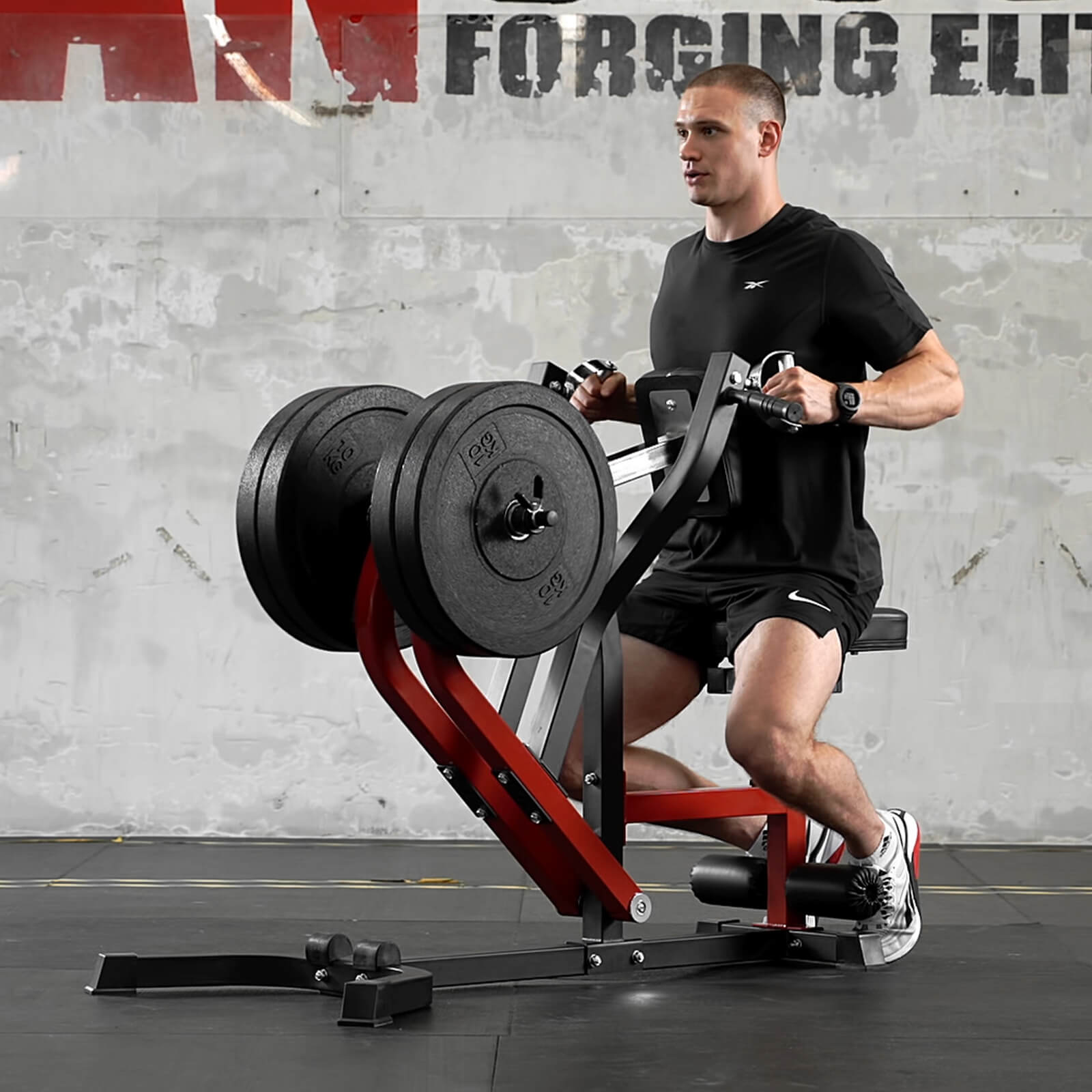
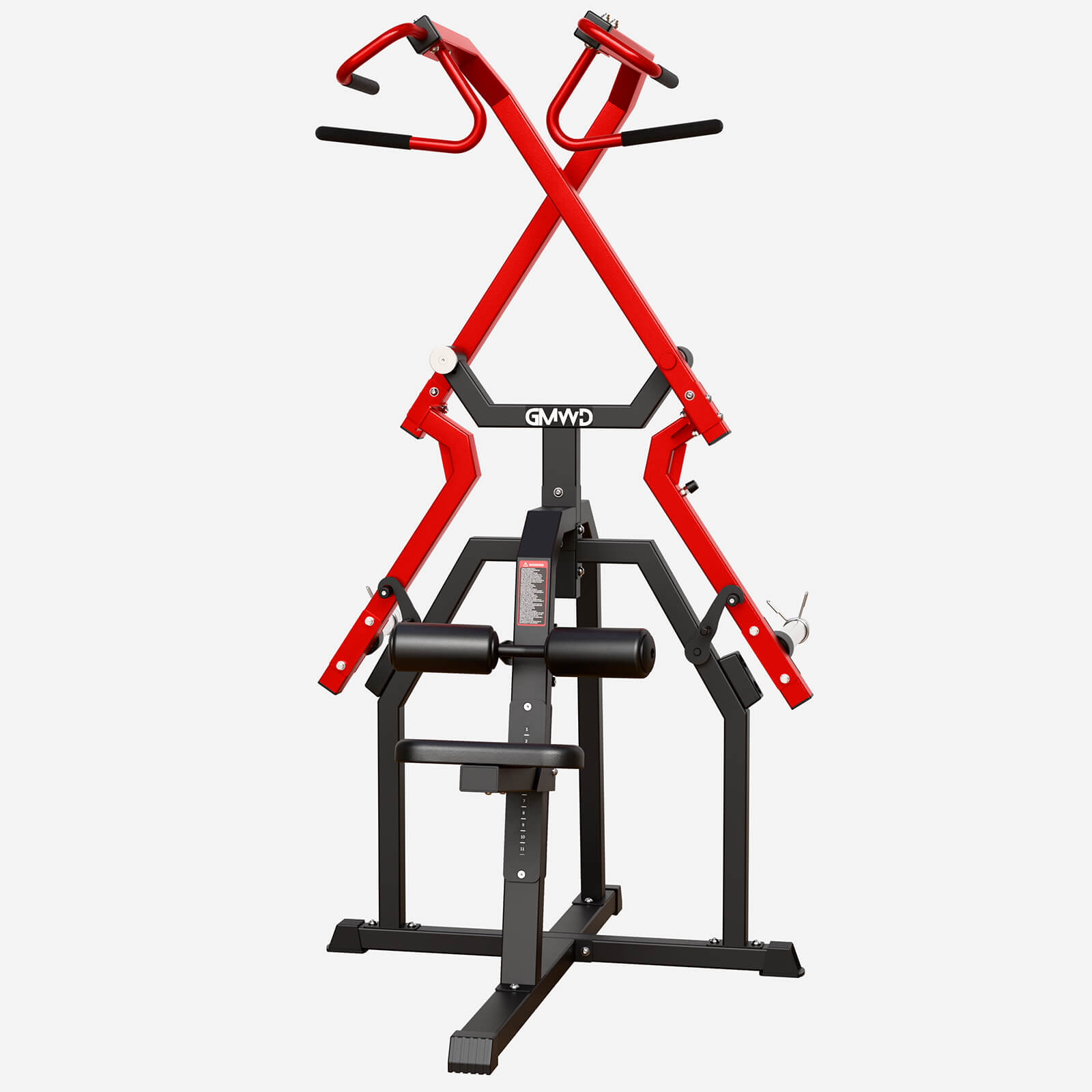
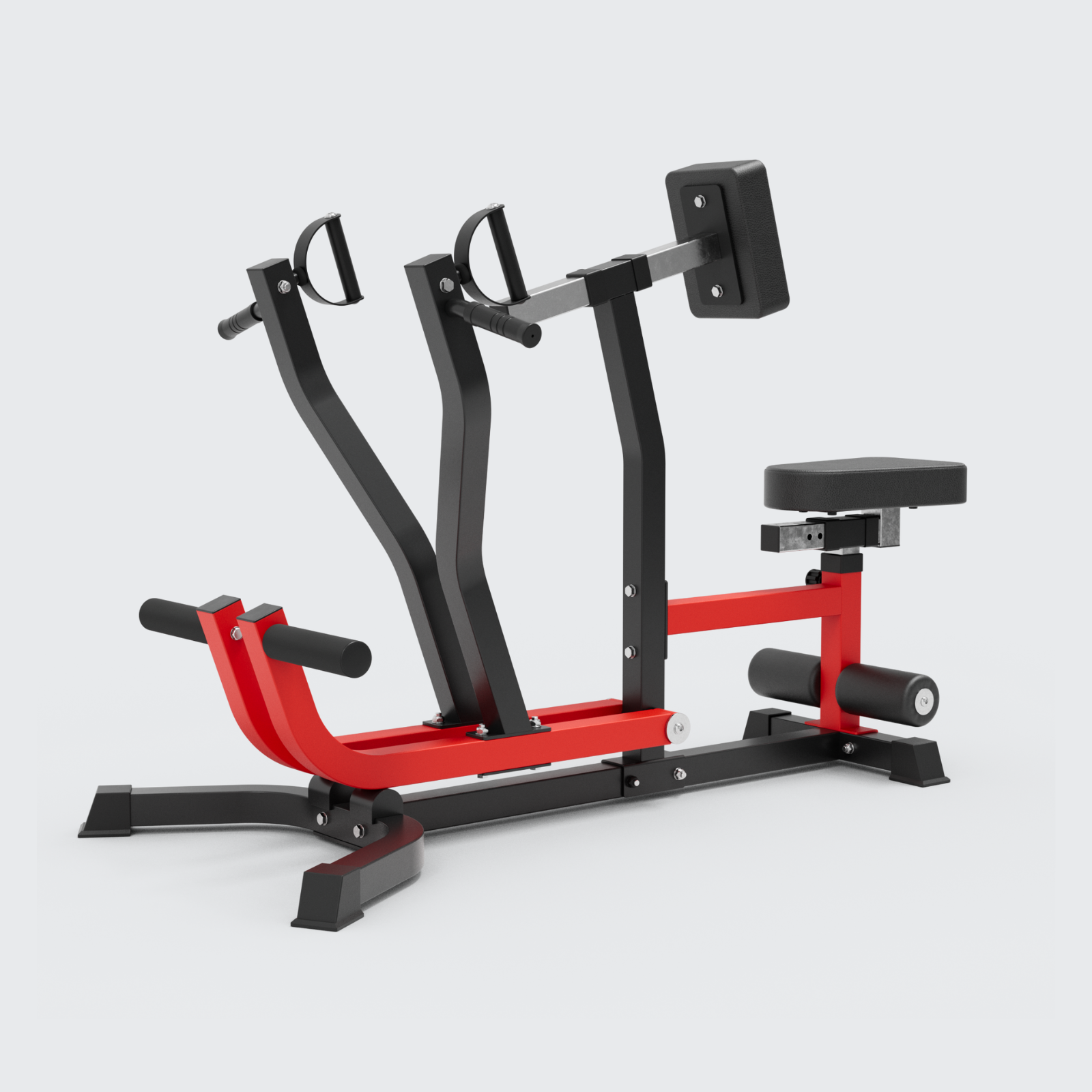
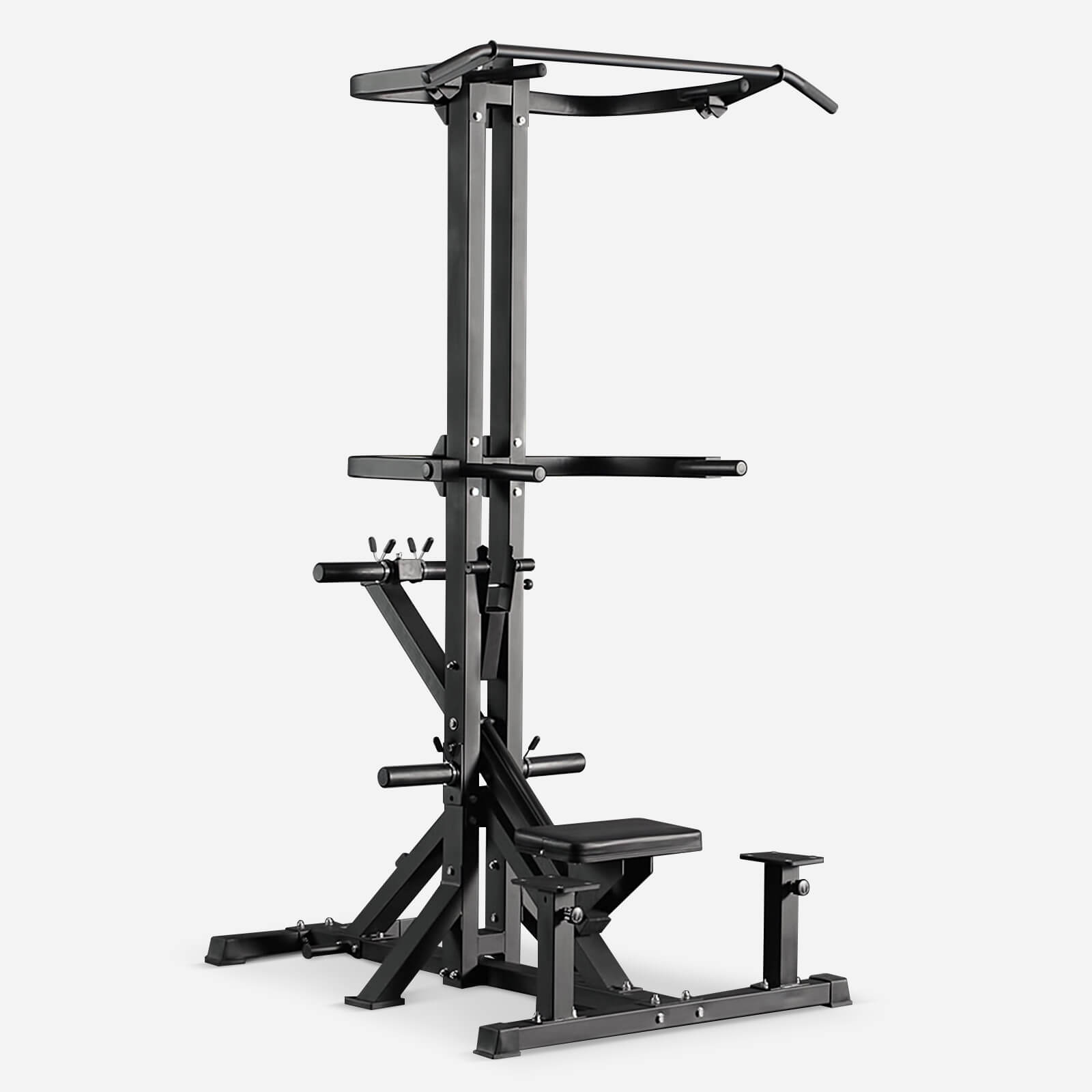

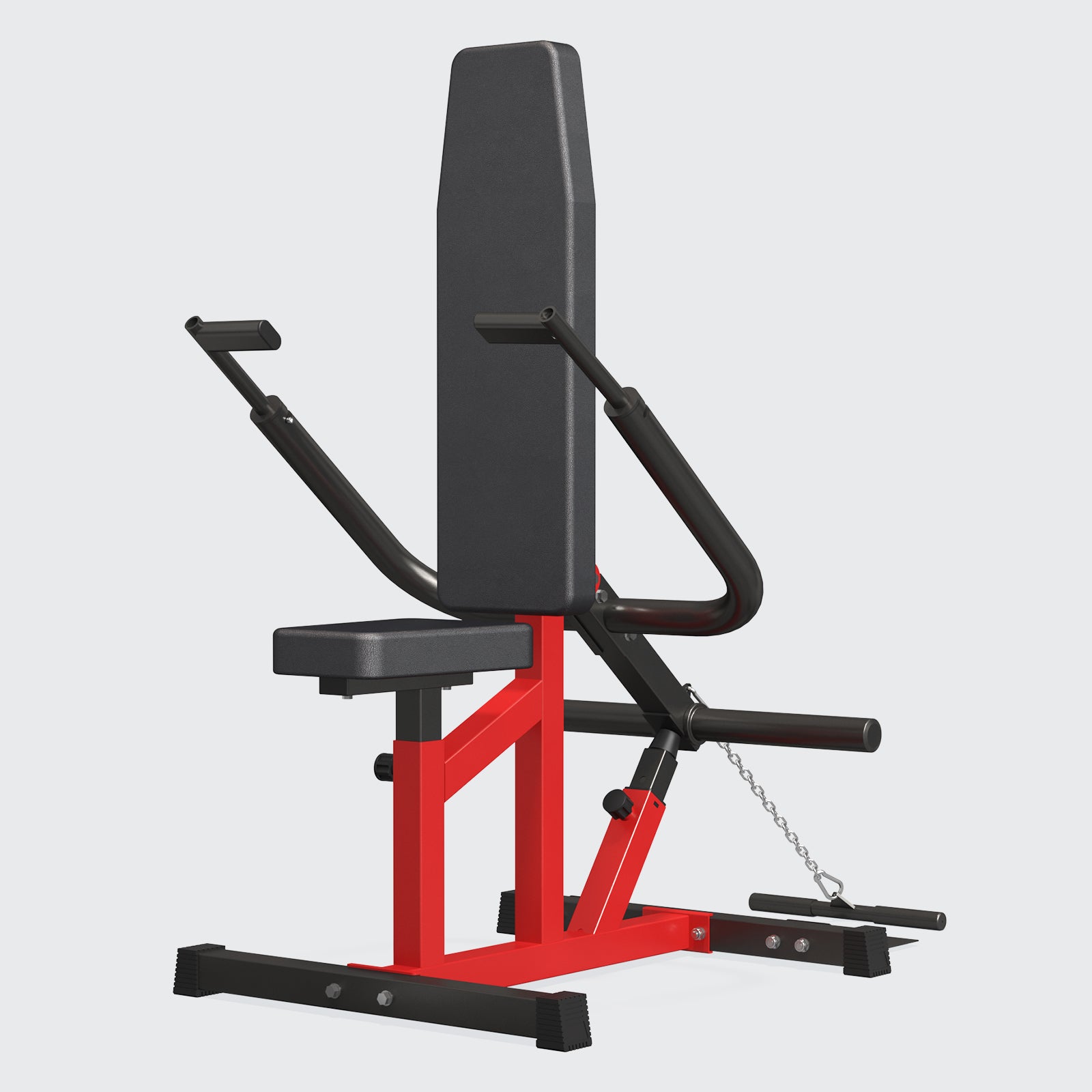
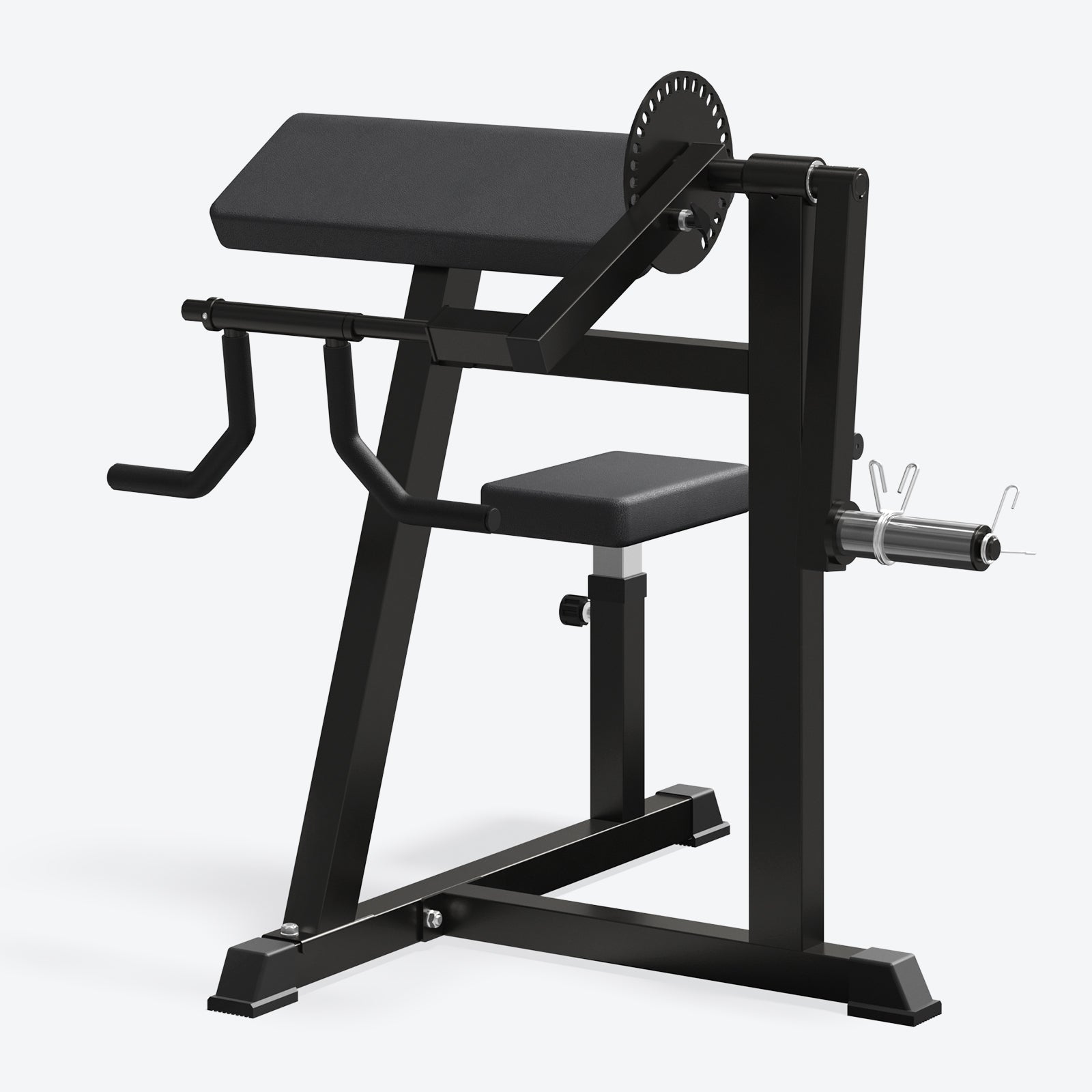
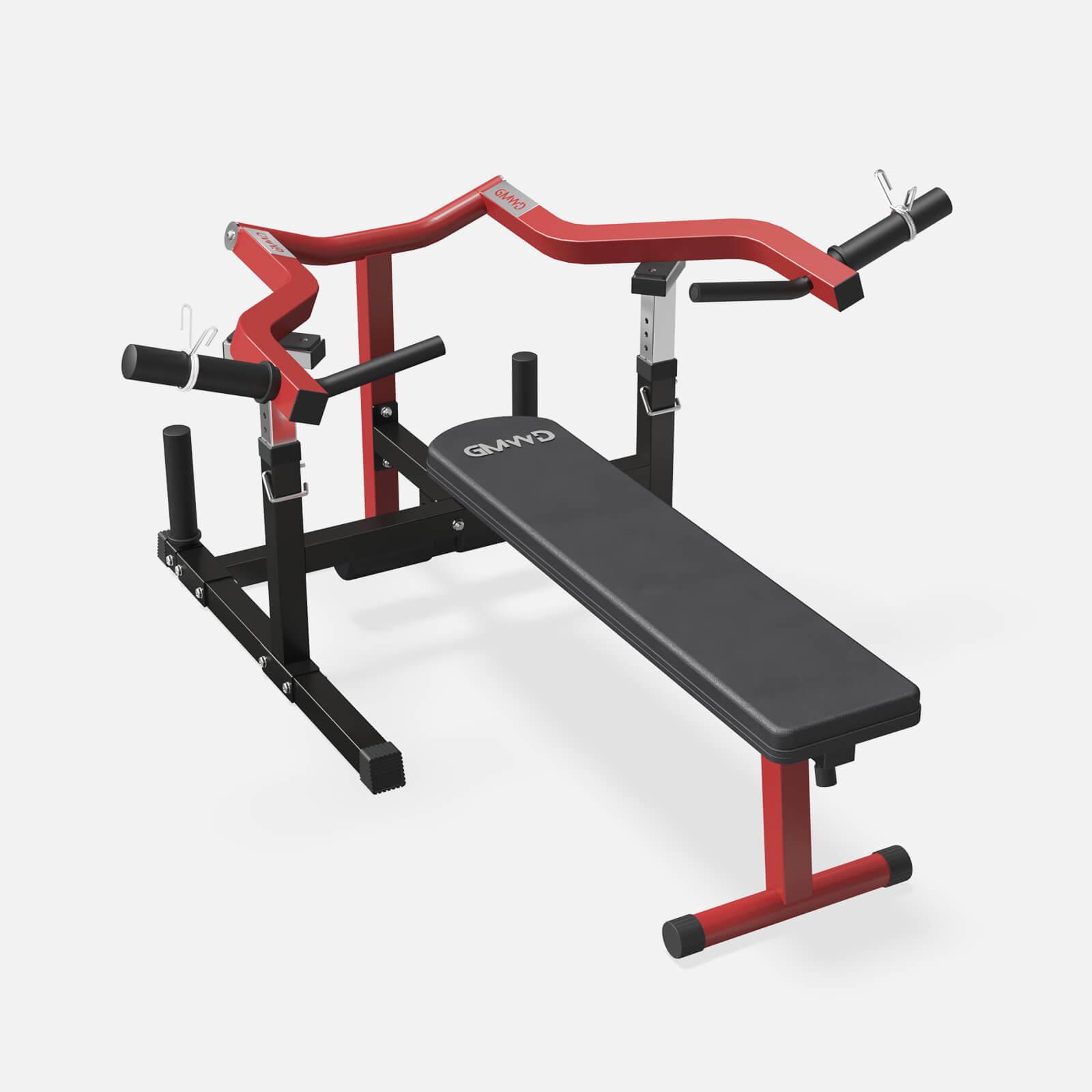
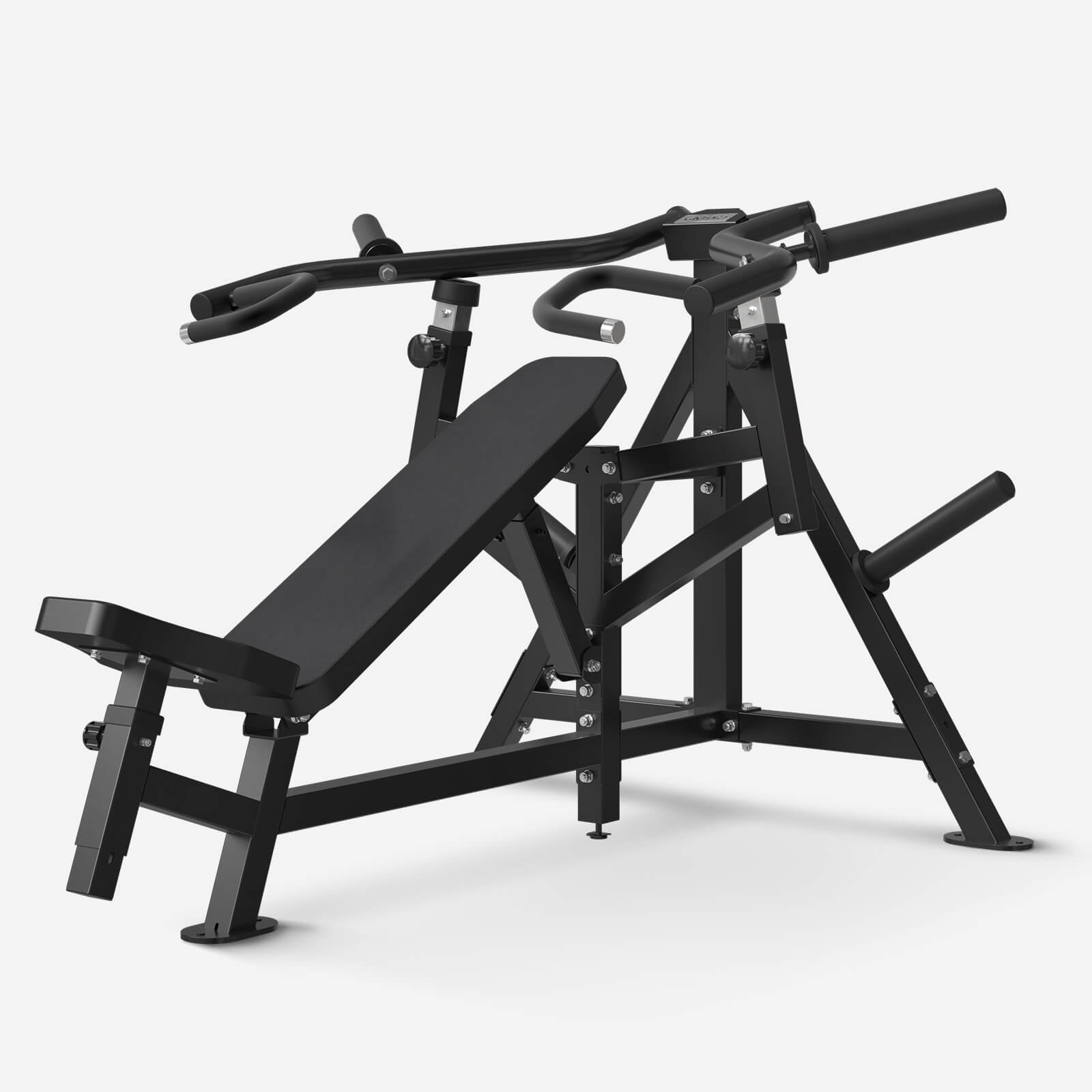
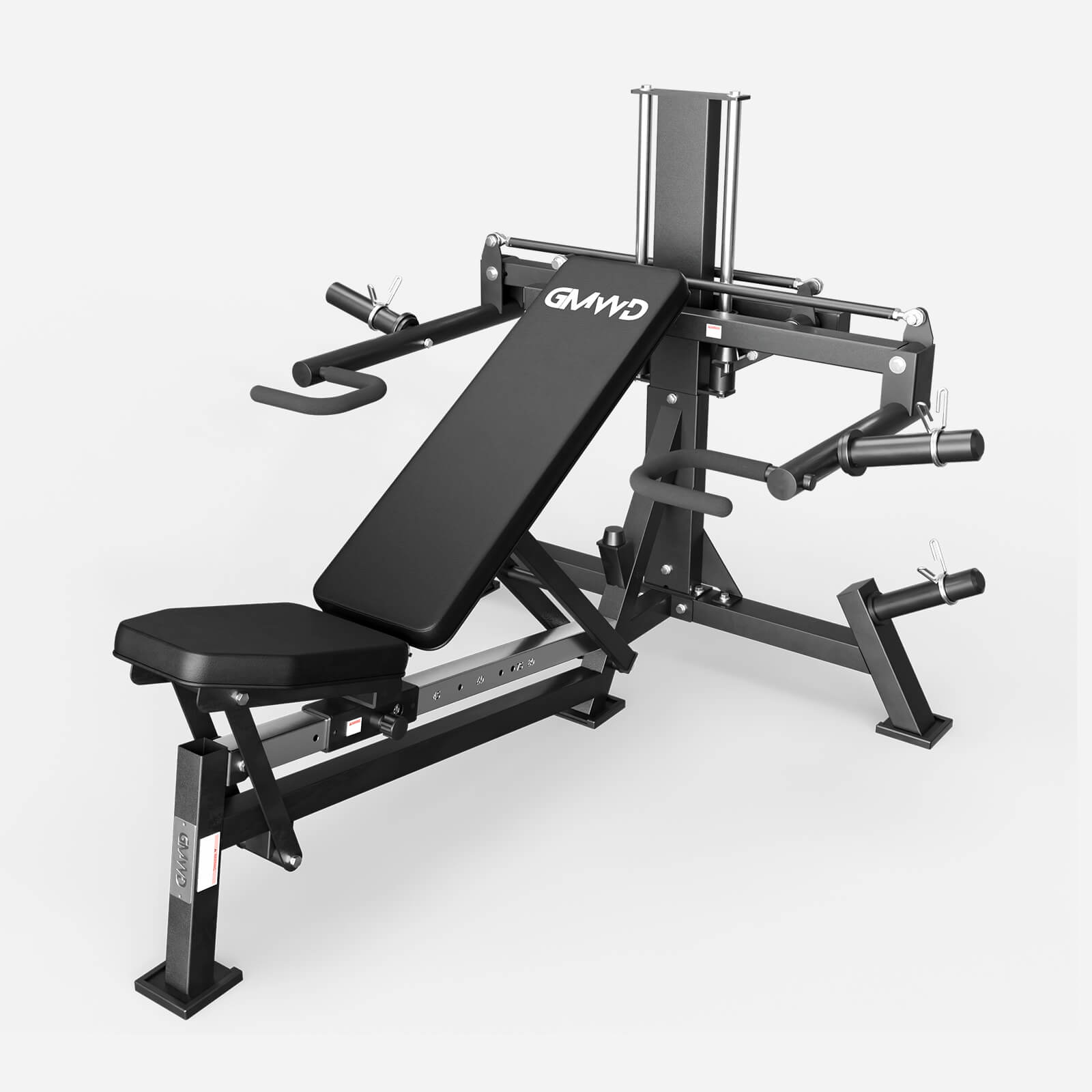
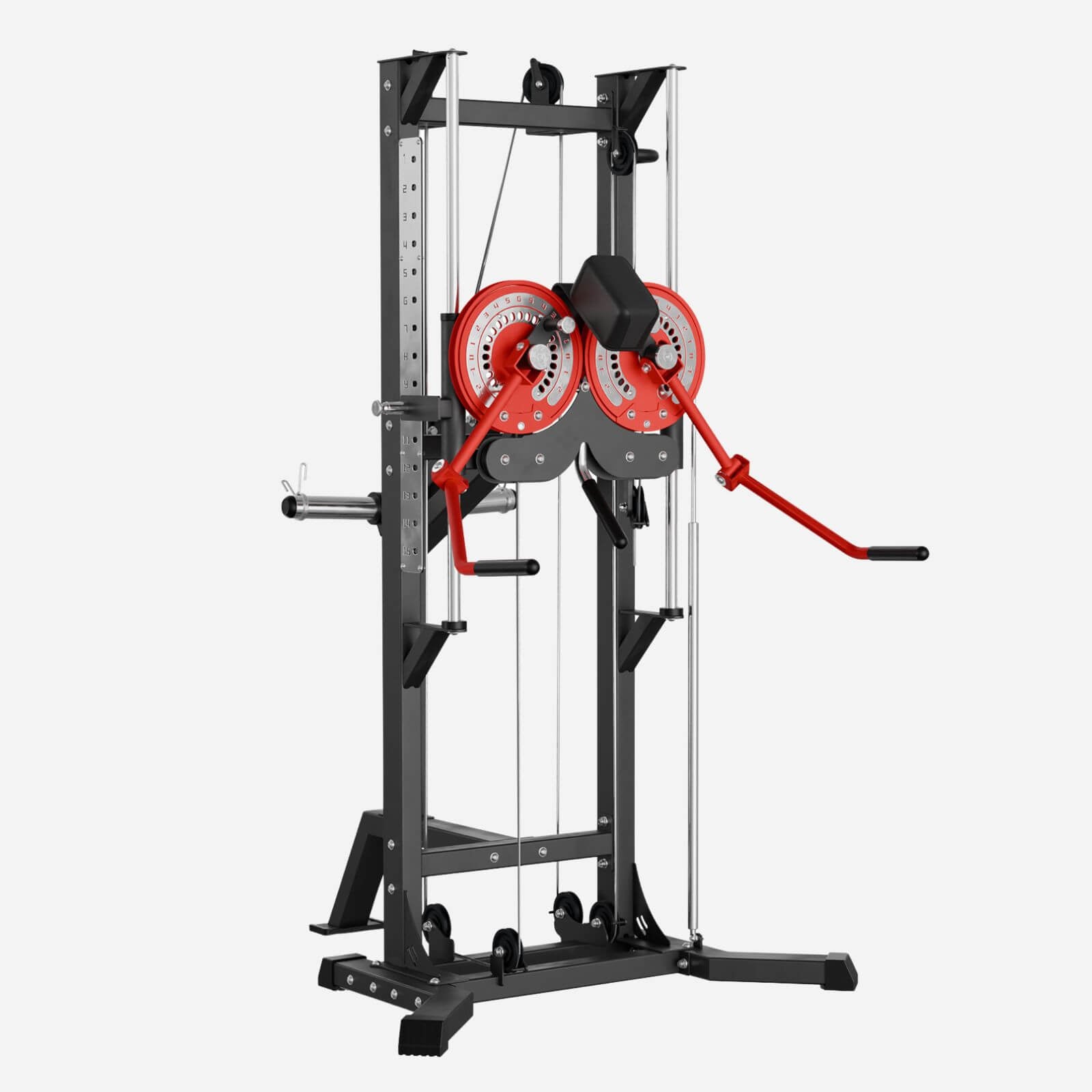
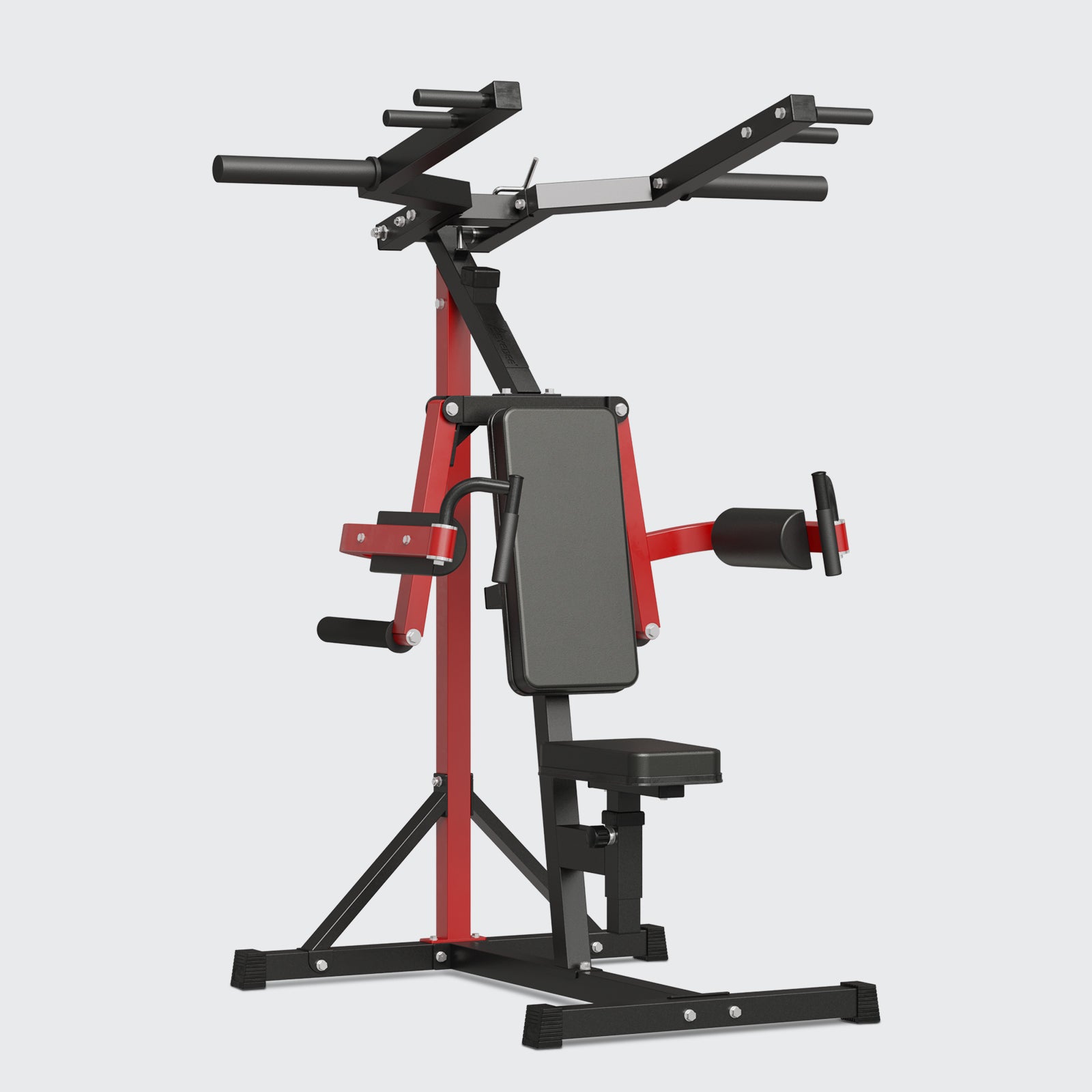
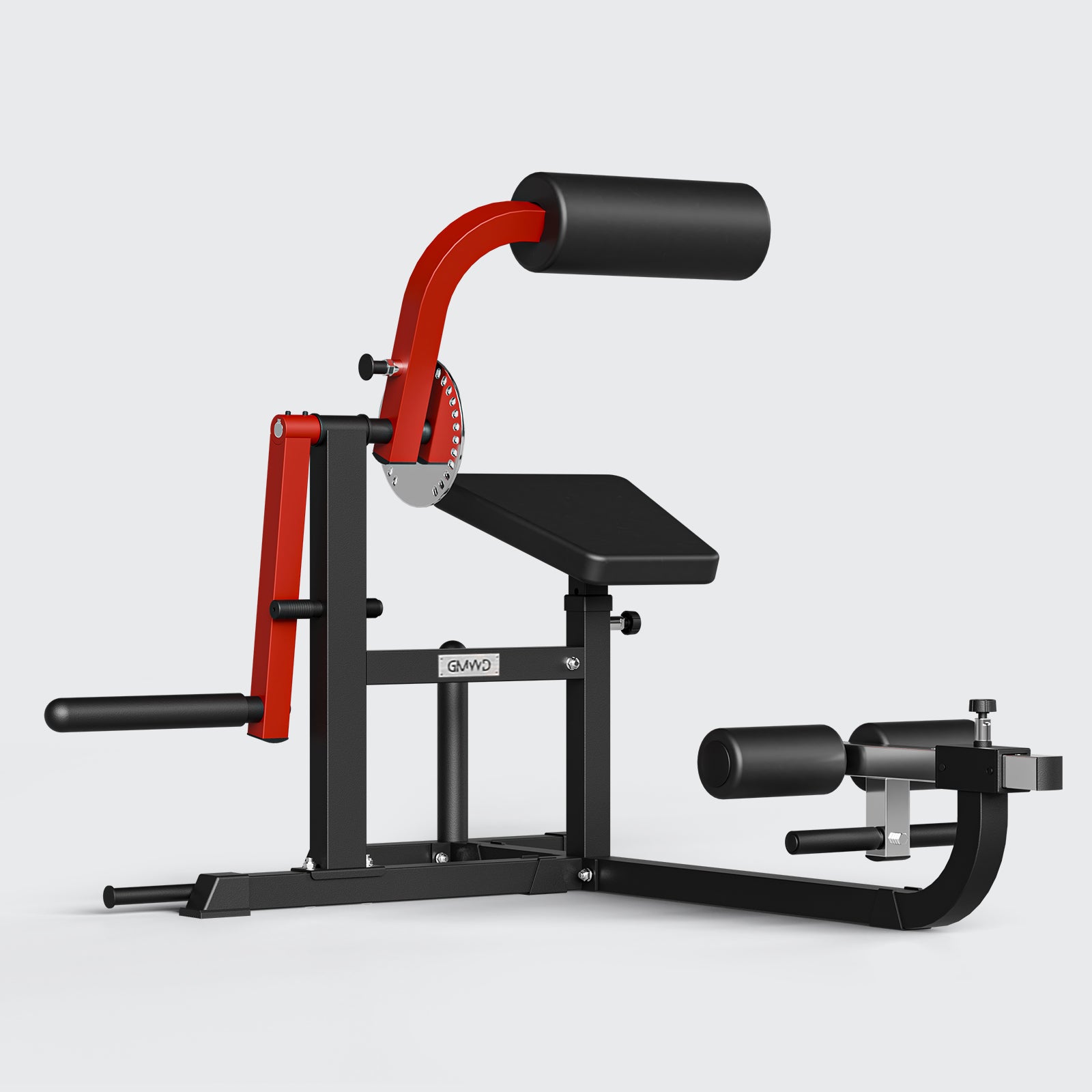
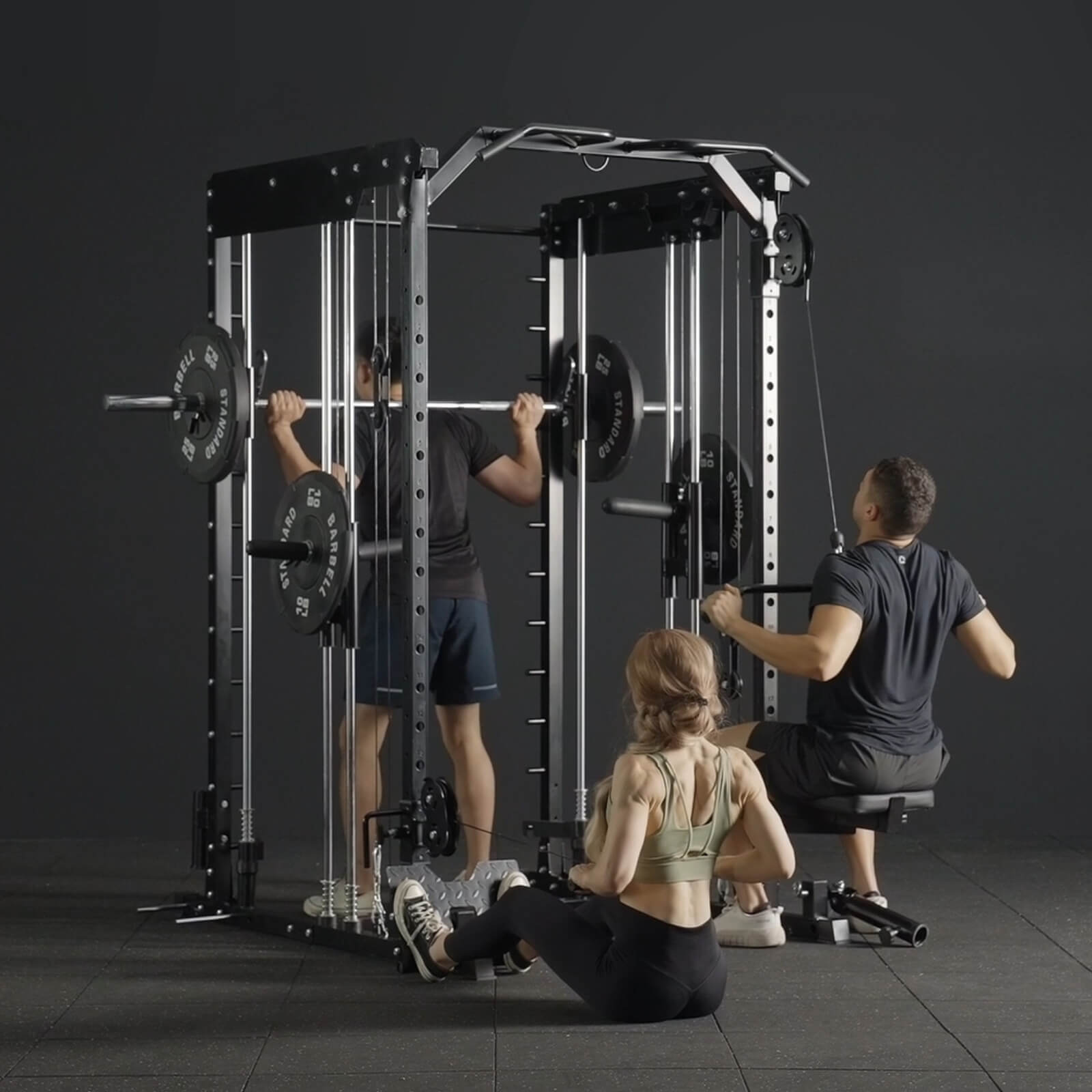
Leave a comment
All comments are moderated before being published.
This site is protected by hCaptcha and the hCaptcha Privacy Policy and Terms of Service apply.